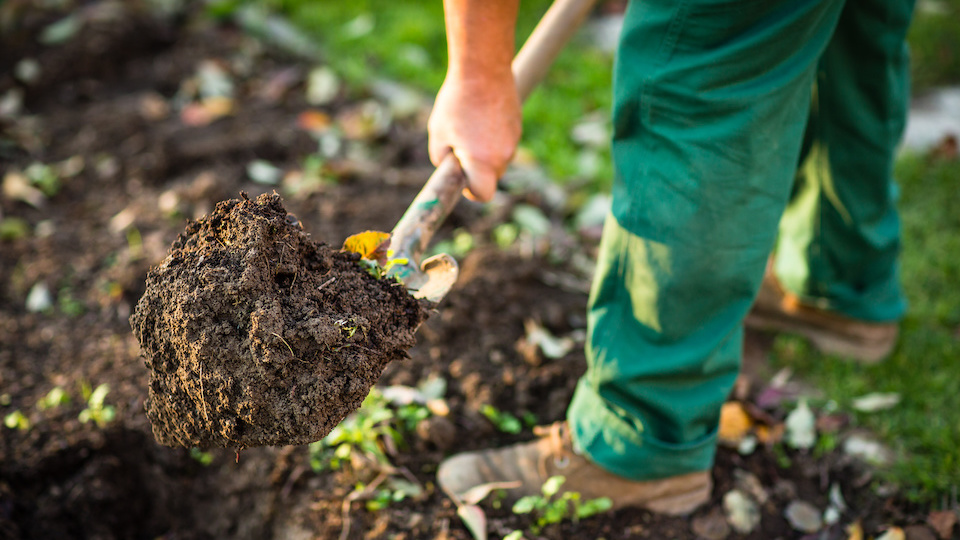Anyone who has been an avid gardener for some time knows that there are a few things you just need to get right to have a fruitful relationship with plants. Once you get the basics down and know what not to do in your garden, sit back and watch your plants amaze you with their beauty and fruitfulness.
Here are some tips on what not to do in your garden…ever!
Never pick plants that are not suitable for your growing region
If you are not familiar with growing zones, you can visit the United States Department of Agriculture plant hardiness zone map and find your location. This will help you when choosing plants for your specific region. The zones are generally listed on plant tags. Sticking with plants that are identified as grow-friendly within your specific growing region will help you have the best success.
Placing plants in an unsuitable location
Plants do best when they receive just the right amount of sunshine and water. However, there is more to it than merely watering your plants and making sure that they get sunlight. If you purchase plants from a nursery or a plant center, they will come with a tag that tells you what your plant likes best – shade, part shade, full sun etc…It is also a good idea to do a little research to find out what kind of soil and how much water your plant needs to thrive. Some plants object to wet feet, meaning they should not be planted in areas prone to lots of water. Some plants like very rich soil, while others do best in poor soil. Other things to be cautious of are exposure to wind, and areas where heat is reflected.
Using poor watering techniques
Watering technique is huge when it comes to what is best for plants. Many gardeners tend to water too frequently and too lightly. It is always best to water less often but deeper. If you use an automated sprinkler system to water, conduct this test. Place some empty straight-edged cans – like tuna cans, throughout your yard and figure out how long it takes for your system to produce 1-inch of water. If it takes 20 minutes, for example, run the system for two cycles of 10 minutes each – preferably one in the morning and one in the evening at least once a week. In hotter and drier locations – two to three times a week may be best.
Too much or the wrong kind of fertilizer
There are several risks involved with using synthetic fertilizers. They can be extremely dangerous because overuse can result in plant burns and unnatural growth spurts that can attract pests and disease. Another concern with the improper use of synthetic plant food is that there is toxic runoff created from overwatering of fertilized plants and lawns. When elevated levels of nitrogen and phosphorus are found in streams, algae blooms follow that can destroy the delicate ecosystem balance. When algae begin to die, it uses up oxygen and kills aquatic organisms. To avoid these issues, use compost tea to feed your plants along with other organic feeding methods, including composted grass clippings, leaves, and yard scraps.
Failure to prepare the soil prior to planting
Knowing what kind of soil you are planting in is equally as important as understanding how to choose the right plants for your region. If you have poor draining or mostly clay soil, then water will just runoff. Sandy soil lacks nutrients, and rocky soil is very hard to plant in. Most plants appreciate a nice addition of organic matter that will provide nutrients for healthy root and plant growth. One of the best ways to know what your soil needs before you plant is to take a soil sample and send it off. A soil sample will give you insight into just what amendments your soil needs to be healthy. Failure to add amendments to your soil as needed will result in sad plants.
Overuse of pesticides
One, often catastrophic mistake some gardeners make is to reach for the pest spray as soon as they see a few insects on their plants. Before applying pesticides, it is crucial to ask a few questions:
- What kind of bug is it – take the time to find out if the bug is actually harmful or not.
- If a pest, should you really spray? Is it an infestation or just one or two bugs hanging out and not causing damage?
- Check if you have birds or other beneficial insects in your garden that will take care of the pests or be harmed by spraying?
- If you do have an infestation, why do you have it? Check the health of your plants, soil, moisture, and light conditions. Pests will attack weak plants far before healthy plants
It is best to learn to tolerate a few bugs and keep in mind that the healthier your plants, the fewer pests your plants will attract. Always use the least toxic sprays or other natural methods, including garlic spray, diatomaceous earth, or soap spray, first before spraying highly toxic chemicals in your garden as this will disrupt the beneficial insects as well and create an imbalance in your garden ecosystem.
While other things do matter when gardening, not doing gives you a great start to healthy plants and a thriving garden.
-Susan Patterson




